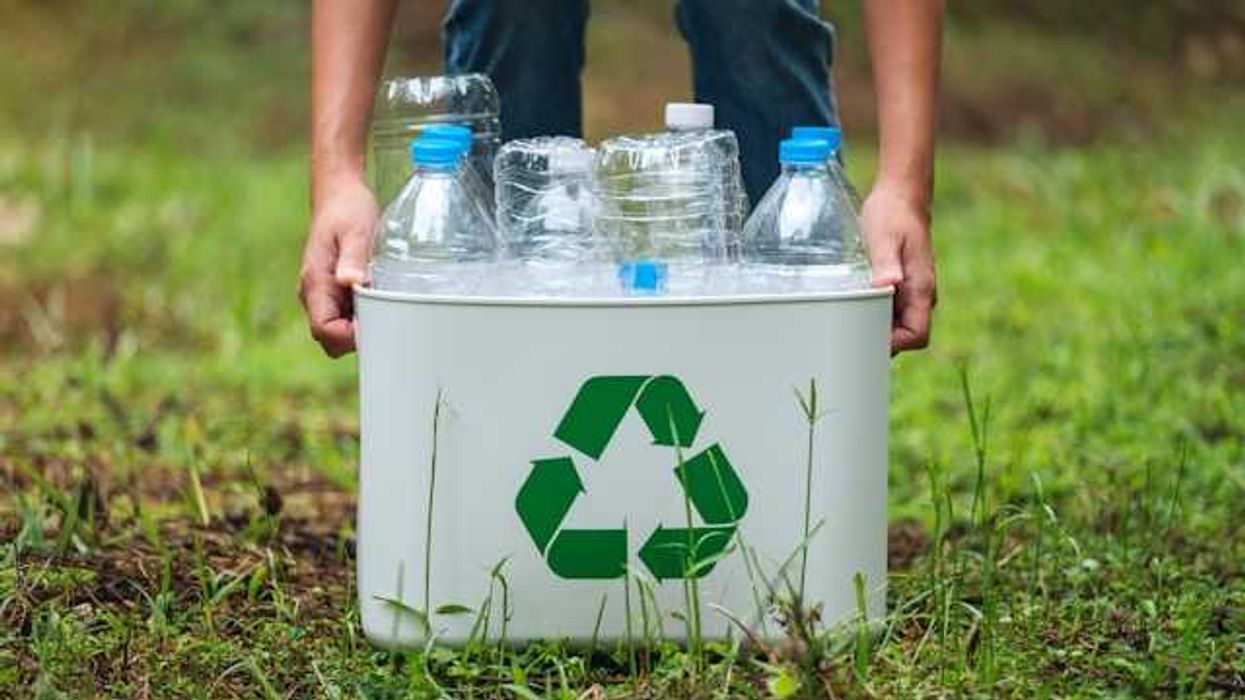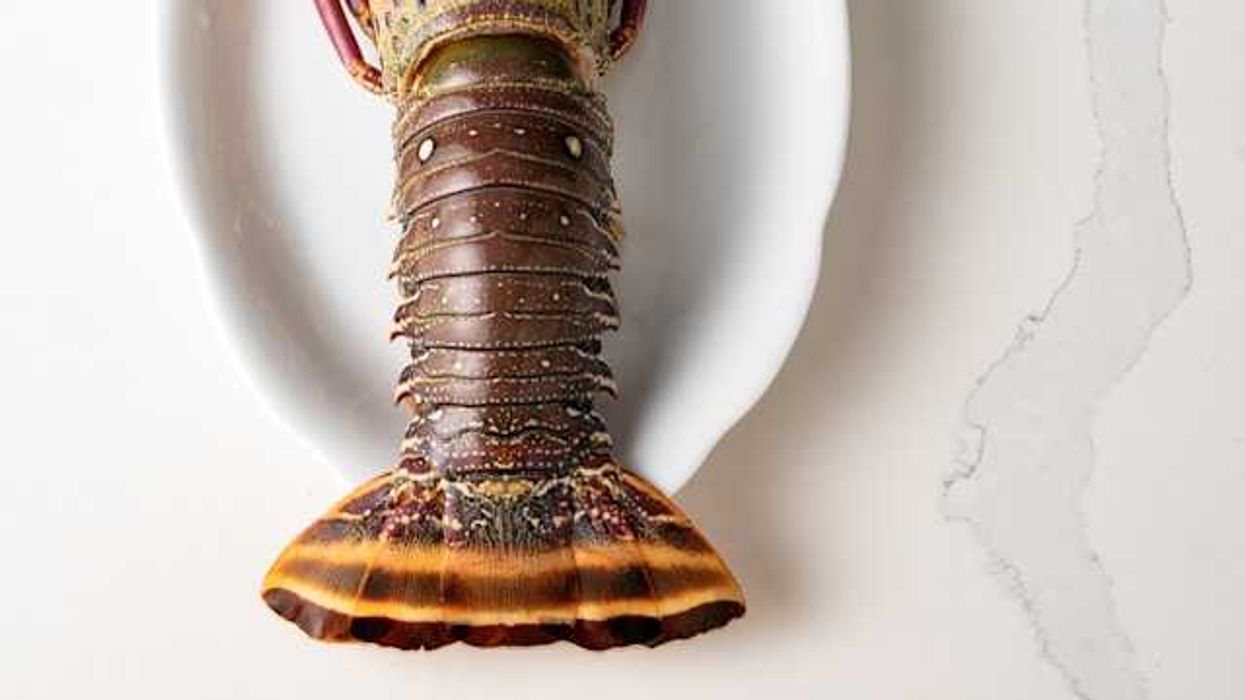Millions of homes still contain lead pipes, posing a significant risk for childhood lead poisoning, but identifying and replacing these pipes can reduce exposure.
Amudalat Ajasa reports for The Washington Post.
In short:
- Lead pipes, banned since 1986, remain in many older homes and leach lead into drinking water, a neurotoxin dangerous to children and adults.
- Homeowners can identify lead pipes by checking with their water utility, examining the year the house was built, and conducting visual inspections of service lines.
- Replacing lead pipes can be costly, but federal funding and utility programs offer rebates or subsidies to reduce the financial burden.
Key quote:
“We know that lead pipes leach into drinking water. You’re basically drinking through a lead straw when you have a lead service line.”
— Valerie Baron, senior attorney, Natural Resources Defense Council
Why this matters:
Lead exposure can cause irreversible brain damage, developmental delays and behavioral problems, especially in children. Replacing lead pipes is critical for protecting public health, but many families need financial support to make this change possible.
Related:














